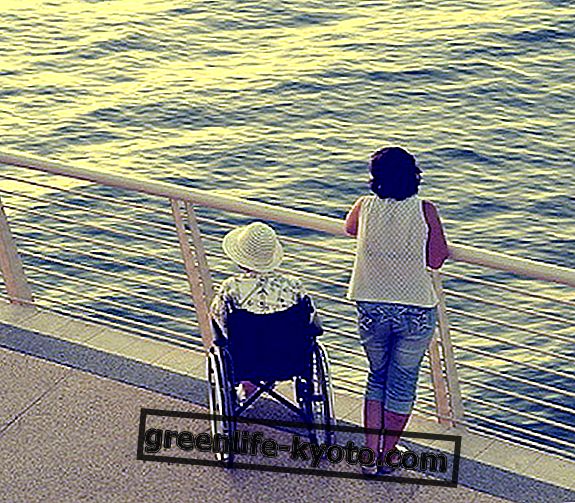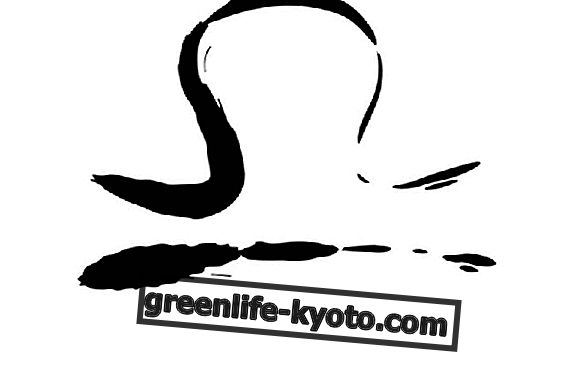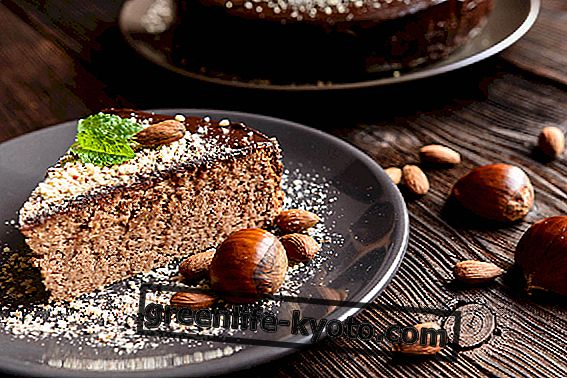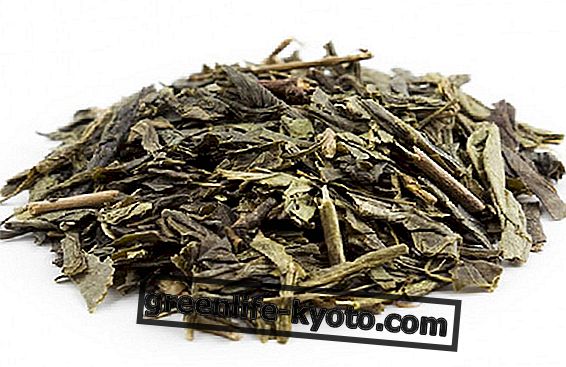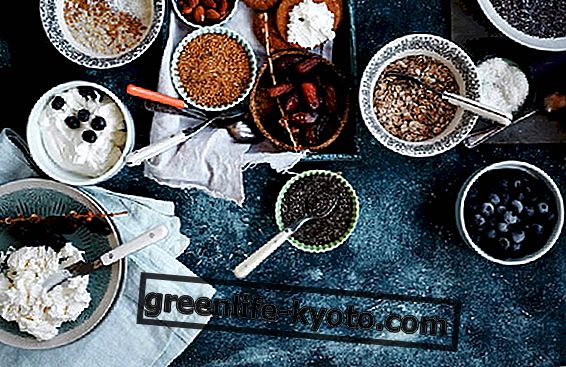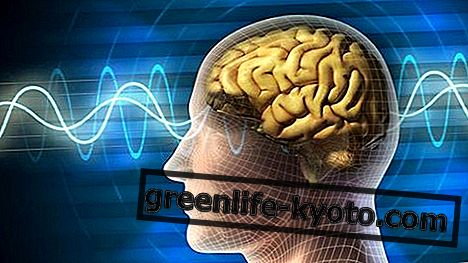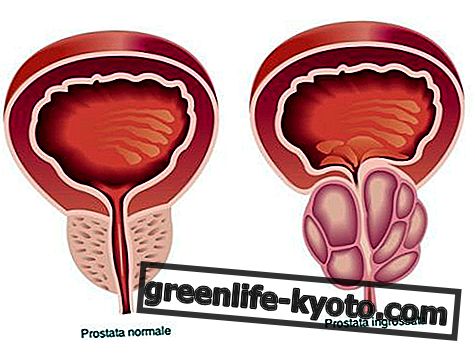
Some time ago I was in the company of a person who has practiced competitive sports for years, in particular the race. We talked about the "dependence" that gives a certain discipline, a certain push of the pedal as long as you can. I don't know if you ever happened to do a sport even in your youth at a competitive level: perseverance, sweat, a slight disinterest for the rest, a healthy detachment from what in many senses is not nutritious. The happiness of having goals that go up gradually.
In particular, with our former runner friend we were able to address a simple question: what is the age at which you should leave sport at a competitive level? He is on the threshold of 60 and is very ill when the physicist tries to tell him that maybe 50 minutes of racing every day are to be reviewed. At the base there is a non-acceptance of things for what they are. Simply for what they are. And I'm not just talking about the thinning of the cartilage. Many therapists, open-minded doctors, masseurs, scientists are emphasizing how, after a certain age, it is useful both to maintain strengthened muscles.
Allow me to add that the more this work on the musculature is also internal, the better is it: maintenance should be done "marrying" with a "metaphysical" center that allows us to observe ourselves, observe, have patience and honesty with ourselves, do not judge, managing emotions, breaking down fear with discipline. I say "metaphysical" because it seems to me that this center is right on the border between what is energy and material . Keep your muscles and listen, be careful.
Developing a love of muscles
But back to the question of suspension from competitive activities after a certain age and we resume the speech by powerful allies not to be underestimated: the muscles .
"If we have adequate muscle and we have enough oxygen, we can completely burn the fats by turning them into water and carbon dioxide. This means that if our muscle mass is in place we do not run the risk of suffering damage due to fats ", writes Shigeo Haruyama in the illuminating " The health revolution " . The joint action of heart and muscles keeps the circulation active.
It is no coincidence that this extraordinary Japanese physician, raised in a family of profound connoisseurs of oriental techniques such as moxa and shiatsu, has been proposing to his patients the constant hat-trick since 1987: feeding, meditation, movement. I will write a special article in this regard, but for now it is enough for us to know that Haruyama is absolutely against excessive efforts for the body over 25 years . Excessive training in fact involves disadvantages and it is instead necessary to practice stretching .
We think we use all the muscles, but this is not the case and stretching helps us to call into question those we neglect. In the muscles there are myotonic fibers connected to the optic thalamus in the brain. Stretching the muscles also stimulates the blood supply to the bones : more blood flows into the bones and this slows down aging. It goes without saying that stretching is the most effective weapon against osteoporosis, along with nutrition.
How to plan heating in martial arts
When, how and why to stretch
What is the right time to stretch your muscles? There is not a single one:
- sweetly, in the morning before the day begins;
- also in terms of work, to decrease tension, maintain intimacy with oneself;
- after a long period spent standing or sitting;
- when you want to make space in the mind;
- after slightly more intense physical activity;
The first factor that affects the quality of the stretch is breathing . Slow, rhythmic, conscious. Do not go apnea, use your breath as a good method of checking how kind and attentive you are towards yourself during work. This means that if your natural breathing modality is inhibited, you are acting little naturally, you are producing useless effort. You must therefore go to decrease the tension until the breath becomes natural again.
You don't have to stretch beyond the possibilities, because otherwise you go to create microscopic muscle tears, damaging the fibers. Start with easy and developing tensions. You don't have to feel pain. Do not believe that you will advance by forcing yourself. You will progress gradually and constantly.
If you practice constant muscle stretching, the body will learn to relax. You will also gain in coordination. The ability to move will be expanded. More challenging activities such as running, tennis, cycling or swimming will be facilitated. You will develop body awareness . You will have mind control over your body. You will promote blood circulation . You'll be fine.
Discover yoga exercises for muscle stretching
In the video, some simple stretching exercises
